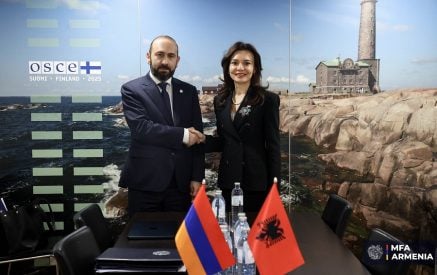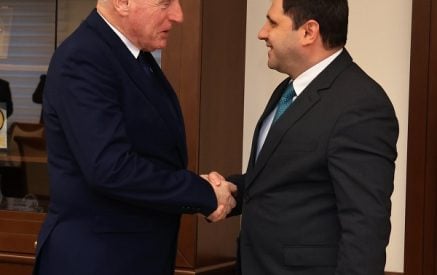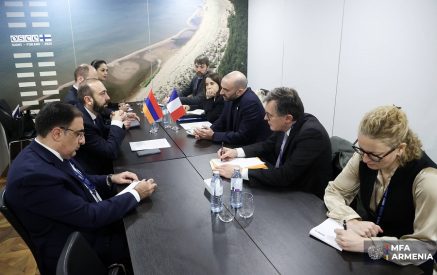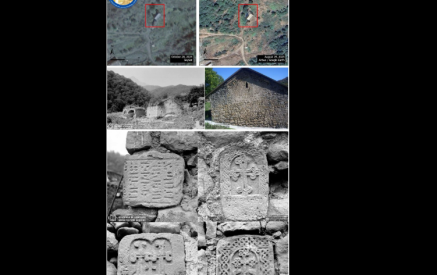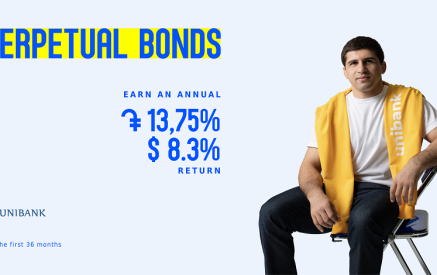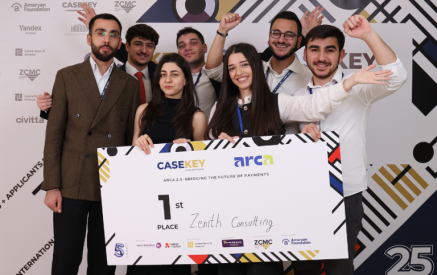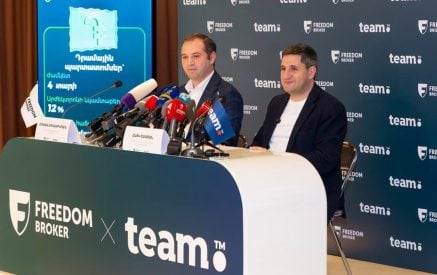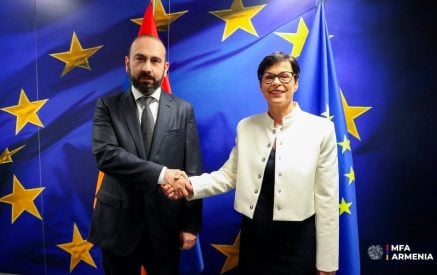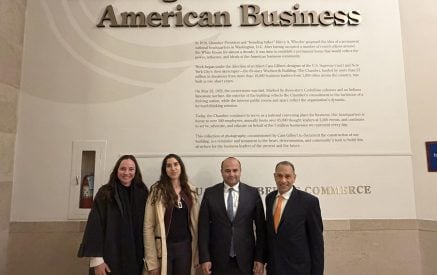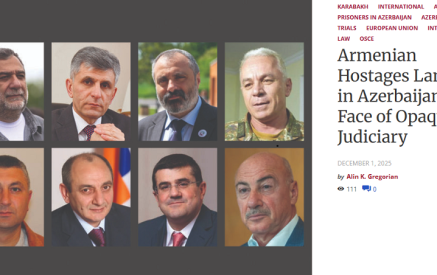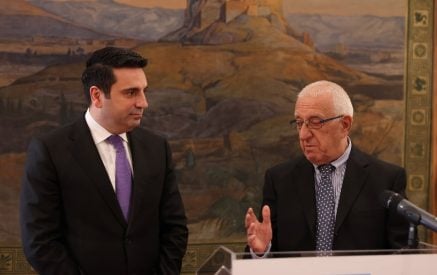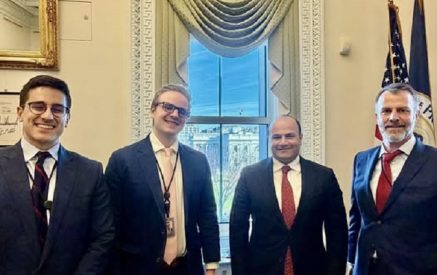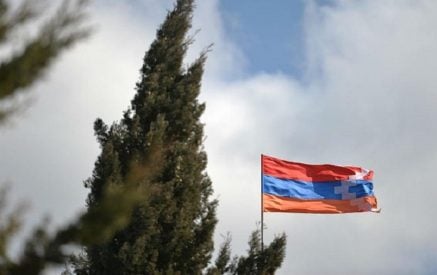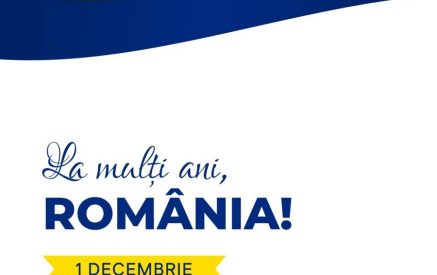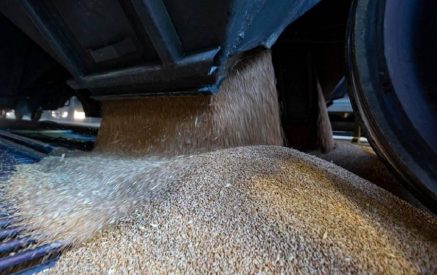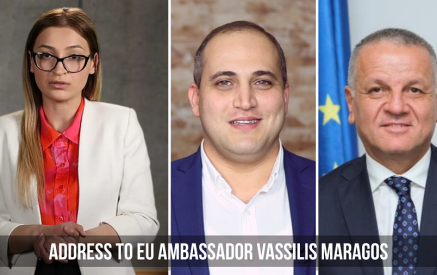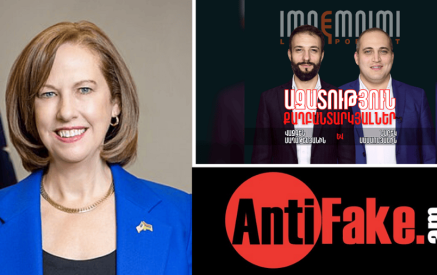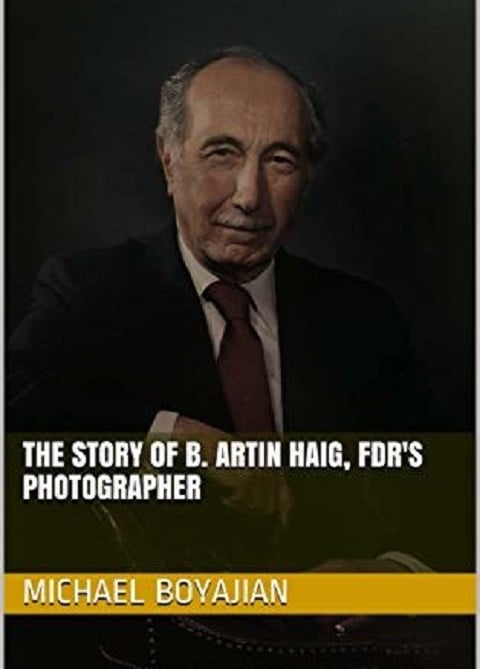The Armenian Weekly. Retired attorney and former human rights judge of New York, Boyajian captivates readers with his maverick style of writing. He is down to earth, and you may not always agree with him. His humor is boundless which attracts various ages of readers.
The 30-plus books he has written pertain to a broad spectrum of topics from ancient to modern times. He not only writes about Armenians and their history, but he also writes about American history. In the simplicity of his words, Boyajian makes you understand and analyze history. He is a master storyteller. The book reviewer’s three favorite books pertaining to the Armenians include the present work about Haig Artin Kojababian. The photographer later used the name B. Artin Haig in formal settings. He was also called “Bob” and later in life “Honey” by his children. Other admired reads include Roman Armenia: A Study of Survival and The Armenians In Paris: The Joy after the Sorrow. The reviewer also recommends Sybil Ludington: Patriot Ride of the American Revolution and Enoch Crosby: Master Spy of the American Revolution. These are two individuals who are not often mentioned in United States history texts. The author’s lens on these later two individuals manifest the dedication of the American patriots who sought freedom and independence against the British Empire.
Why did Boyajian write about B. Artin Haig? To paraphrase the author, he was inspired to research the life of Mr. Haig as an immigrant and survivor of the Armenian Genocide. Furthermore, the biographical material is not well known, and the book reveals how the career of a man catapulted him in becoming the photographer for one of the greatest presidents in US history—Franklin D. Roosevelt. The book can enrich readers with an understanding of the human experience between two men totally different from one another in life experiences and their camaraderie.
The scope of the book covers two parts and six chapters. Part One is titled “Rise To Fame” and Part Two the “Love Of Family.” The first four chapters are diverse and humorous in parts. Boyajian discusses the infatuation Armenians and others have with different types of cameras and photography including his own. He tells of his own family’s interest with anecdotal stories. In the second chapter, he highlights the names associated with B. Artin Haig, his family and the Armenian Genocide. The legacy of the Roosevelt family clan being both Democrats and Republicans in Chapter 3 will enhance a reader’s knowledge of the familial relationships. The important point is regardless of how close the Roosevelt family bond appeared, Franklin D. Roosevelt launched his own policies outside of even his family’s expectations with a charismatic style and confident manner no presidential candidate could match.
The reader must remember his greatest supporter was his wife Eleanor who was also a Roosevelt. She became the First Lady admirably, but her views did not always coincide with her husband, the family or the public. Eleanor overlooked her husband’s shortcomings, although she was his closest advisor. Boyajian describes her as “the most consequential woman in American history. As a child she feared everything. As an adult she feared nothing.” Eleanor was a politically active First Lady in humanitarian advocacies, civil rights and labor. Other family members are discussed like Sara and James Roosevelt who were the president’s mother and father. Comparisons between various Roosevelt kin are also highlighted in drawing views of the family members in different eras in history.
The reader interested in Franklin D. Roosevelt’s legacy and engaged in understanding politics will favor Chapter 4. Throughout the book, there are several noteworthy photographs. The book reviewer appreciated the author’s inclusion of two major criticisms of Franklin D. Roosevelt and his administration. One was the incarceration of all Japanese Americans, a plan which may have developed in California and supported by Earl Warren. He was the Attorney General of that state circa 1938 and later became governor. During World War II, he took the leadership in not only the removal of Japanese Americans but the development of placing them in internment camps. The camps were widely spread out throughout mostly western states since the majority of the Japanese American population was in the west. In sum, the Japanese Americans called Nisei, who were second generation, became the most decorated combat team in World War II.
Another noteworthy point brought up by Boyajian was the Roosevelt administration’s rift with the Jewish community which was caused by not quickly responding to the destruction of European Jewry. Some blamed the President, but the fault was the antisemitic leadership in the State Department of the United States. One must keep in mind that Franklin D. Roosevelt had appointed more Jewish Americans to office than any other president before his time. Furthermore, Boyajian points out he also sought the advice of Henry Morgenthau, Jr. whose father Ambassador Morgenthau assisted the Armenians in World War I. Henry Morgenthau, Jr. brought Roosevelt’s attention to the Genocide of the Armenians in 1915. The President did react with the creation of the War Refugee Board, but some say to this day it was too late since many victims perished by 1943. Immigration restrictions were very tight on immigrants from Europe during the war years and the process of relatives in the United States applying for their loved ones was slowed down by the Nazi regime and American government bureaucracy.
“Part Two: Love Of Family” is about the personal experiences of Haig’s family. He loved baseball and witnessed Yankee greats Babe Ruth and Lou Gehrig. The photographer moved several times, living in New York, the Washington, D.C. area, Dallas and Milwaukee. He photographed members of the Schlitz brewery family, the Rockefellers, the Duponts, the Mellons, the Vanderbilts and others. Fellow photographer and friend Sam Bogosian said Haig was “a Master Photographer Craftsman.” In his opinion, Bogosian, knowing of the famous Armenian Canadian photographer Joseph Karsh and Artin
Haig, he wrote, “Karsh captured the grandeur of great people whereas Bob ‘Haig’ captured the intimacy of great people.”
In Chapter Five, Boyajian discusses how Haig copes with overcoming the trauma of the Armenian Genocide when he was a youngster. He discusses how Haig escapes in the desert and is saved by his uncle. The atrocities in Hadjin are also described, as well as how the Turkish general boasted of collecting the ears of the victims. Haig lost his parents and family members and attests to their beheadings in 1915. In Chapter 6, the author included a wonderful eulogy given by one of his four daughters Artyn Gardner about her father and the family.
B. Artin Haig was born on August 1, 1914 and lived 104 years. He led a successful life and was praised by his family, friends, associates, professional organizations, and of course the many famous and unfamous he photographed in his lifetime. A poignant comment from a relative offers more context: “Bob Haig may have been 100, but he partied like a 20 year old.”
Boyajian’s book also has a useful bibliography for avid readers and further research. Boyajian concludes with a short tribute to Haig by reiterating his devotion to his loved ones and the profession of photography. His legacy is now known to others by the pen of Michael Boyajian.










